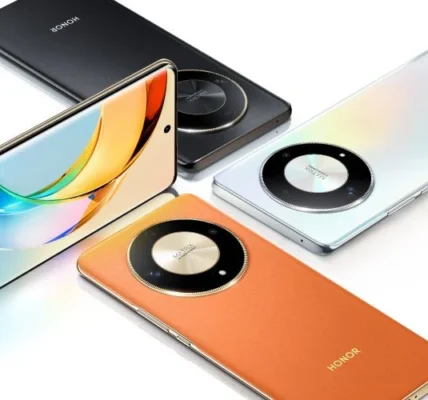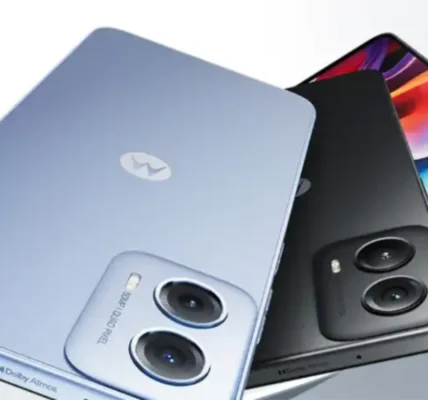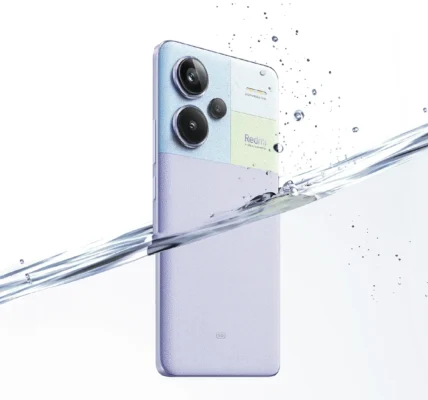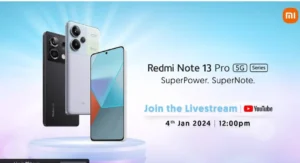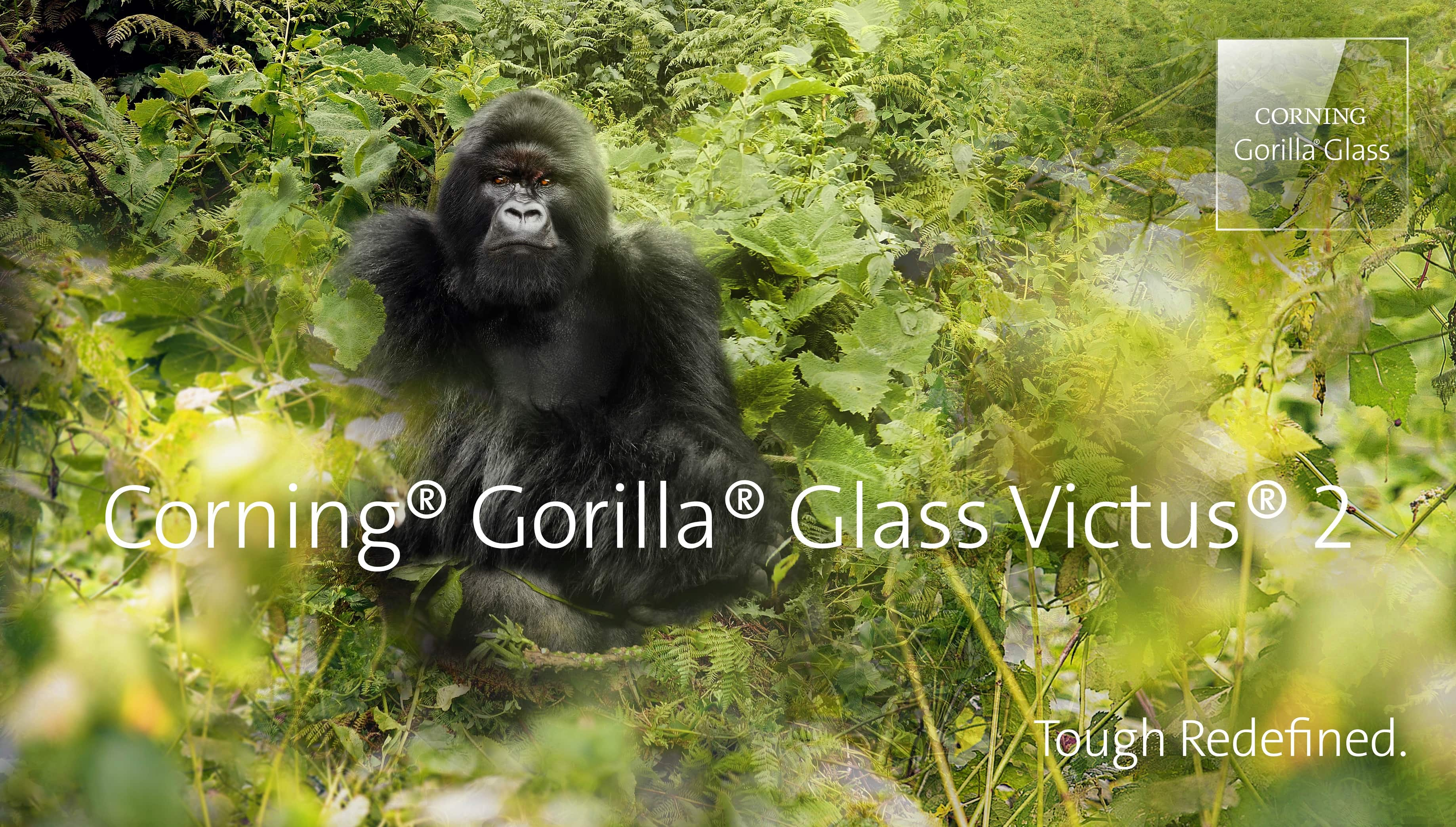
Gorilla Glass, a name synonymous with sturdiness and protection, has become an integral part of the modern smartphone experience. This specially formulated glass acts as a shield, safeguarding our treasured devices from the bumps and tumbles of everyday life. But beyond the marketing buzzwords, what lies beneath the surface of this seemingly miracle material?
Delving into the Science:
Gorilla Glass, developed by Corning Incorporated, isn’t magic. It’s a product of meticulous engineering and chemical wizardry. The secret lies in its alkali-aluminosilicate composition, specifically treated through a process called ion exchange. During this process, larger, sluggish potassium ions within the glass are replaced with smaller, more agile sodium ions. These smaller ions pack closer together, creating compressive stress within the glass. Imagine millions of tiny invisible weights holding the glass structure together. This internal pressure significantly enhances the glass’s resistance to scratches, cracks, and even shattering.
Evolution Through Innovation:
Gorilla Glass isn’t a singular entity. It’s a constantly evolving line of products, each iteration building upon the strengths of its predecessor. Over the years, Corning has introduced various versions, each boasting improvements in strength, scratch resistance, and durability.
Gorilla Glass Victus 2, the latest iteration, exemplifies this continuous pursuit of progress. Compared to its predecessor, Victus 2 offers up to 20% improvement in drop performance on rough surfaces and up to 2 times better scratch resistance. This continuous innovation ensures that smartphone screens stay ahead of the curve, keeping pace with the ever-evolving demands of our digital lives.
Beyond the Hype: Understanding the Limitations
While Gorilla Glass undoubtedly offers superior protection compared to standard glass, it’s crucial to remember that no material is invincible. Extreme impacts or bending forces can still compromise the integrity of the glass.
Furthermore, marketing campaigns often utilize dramatized scenarios to showcase the durability of Gorilla Glass. It’s essential to approach these representations with a critical eye.
Utilizing the Benefits Wisely:
While G Glass provides a robust shield, it’s crucial to remember that prevention is always better than cure. Here are some additional tips to maximize the lifespan of your smartphone and complement the protection offered by G Glass:
- Invest in a screen protector: This adds an extra layer of defense against minor scratches and scuffs.
- Choose a sturdy case: A well-designed case provides all-around protection from bumps, drops, and even dust and moisture.
- Practice good handling habits: Avoid rough handling, exposure to extreme temperatures, and placing your phone in vulnerable positions, like pockets with keys or coins.
Gorilla Glass: A Timeline of Toughness
Gorilla Glass is a family of toughened glasses protecting our tech devices, mainly phones. Here’s a simplified look at its journey:
2006: The original Gorilla Glass arrives, offering better scratch resistance than regular glass. Think of it as the first shield for our screens.
2012: Gorilla Glass 2 steps up, improving not just scratch resistance but also protection against bumps and falls.
2013: Gorilla Glass 3 enters the scene, further enhancing its ability to survive drops.
2014: Gorilla Glass 4 keeps the toughness while getting slimmer and lighter, making phones sleek and protected.
2016: Gorilla Glass 5 arrives, focusing on surviving falls, especially on rough surfaces, like concrete.
2016 (bonus): SR+ joins the family, specifically designed for smartwatches, offering both scratch resistance and clear visuals.
2018: 6 strengthens its drop resistance while maintaining scratch resistance, making phones even more durable.
2018 (bonus): DX & DX+ are introduced, offering enhanced features like reduced glare and improved scratch resistance for smartphones.
2020: Victus marks a big leap, significantly improving both scratch and drop resistance compared to previous versions.
2022: Victus+ builds on Victus, offering even better protection against rough surfaces and scratches.
2023: The latest and greatest, Victus 2, arrives, boasting the best drop and scratch resistance yet!

